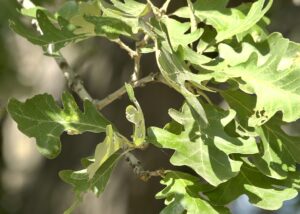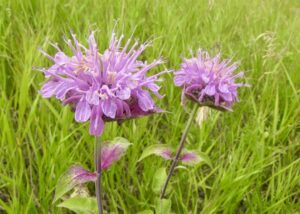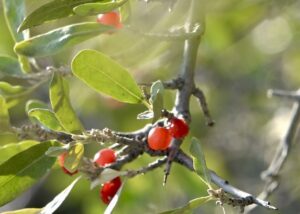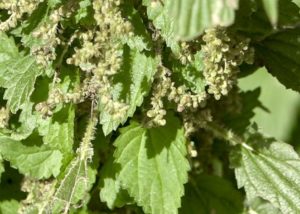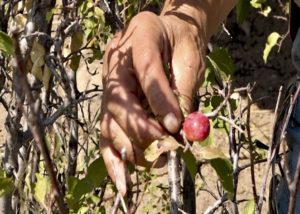Habitat
Mountain, Sagebrush SteppePlant Uses
abnormal skin conditions, constipation, digestive distress, endurance, food, food thickener, fungal infections, tea, yeast infectionsVideo Presenter
John MionczynskiFireweed
a.k.a. Epilobium angustifolium, great willow herb, rose bay
As a food fireweed leaves and flowers are cooked in soups and stews. When young the leaves are eaten raw. Dried, the leaves and flowers are made into tea often to be consumed for any illness to aid in quick recovery, especially for stomach or intestinal inflammations.
It has been especially renowned for treating fungus and yeast infections both internally and topically, from yellow toenail fungus to candida infections. Fireweed decoctions (strong tea) are still used today. The presence of the antioxidants quercetin and oenothein are responsible for fireweeds medicinal effect on fungal, yeast, and bacterial infections as well as antihistamine and anticancer benefits. Flowers and leaves are used for any allergic symptoms or skin aberrations such as piles (hemorrhoids). The tea is also used to relieve persistent fatigue.
It is a superfood rich in vitamins C and A as well as bioflavonoids. Some indigenous people added leaves and flowers to their dog’s food. The stem pith was used as a thickener for gravies, stews, soups, puddings and medicinal lotions and poultices. In Russia a traditional tea of the rolled leaves is called Ivan Chai which is hailed by many tea drinkers as the best tasting tea ever!


